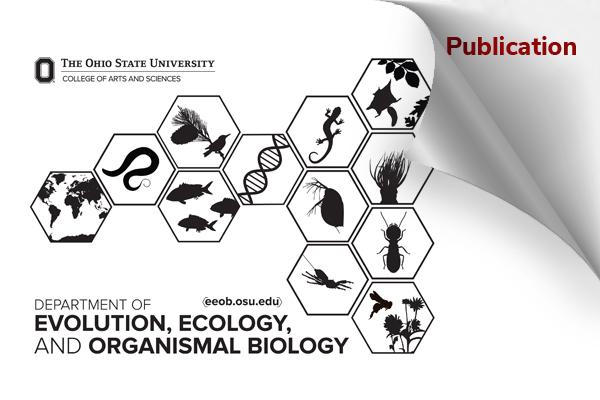EEOB Publication - Adams

Bacterial communities of fungus-growing ant queens are species-specific and suggest vertical transmission
Victoria A. Sadowski ,Panagiotis Sapountzis,Pepijn W. Kooij,Jacobus J. Boomsma,Rachelle M. M. Adams. 2025. DOI: 10.1371/journal.pone.0306011
Abstract
Multipartite symbioses are inherently complex, involving dynamic ecological interactions between organisms with intertwined yet distinct evolutionary histories. The fungus-growing (attine) ants facilitate maintenance of a symbiotic species network through maternal vertical transmission of a fungal symbiont. While the gut microbiomes of fungus-growing ant species are remarkably simple, their fungus gardens support diverse microbial communities. Here, we focus on the garden pellet stored in the nest-founding queen’s infrabuccal pocket—a food filter in the head that allows ants to expel large particles. The pellet is an inoculate of the new fungal garden but also contains other microbes. We used 16S rRNA gene amplicon sequencing to reconstruct the extent of vertical transmission of bacteria to new gardens via queen pellets in four sympatric fungus-growing ant species from Central Panama (Atta sexdens, Atta cephalotes, Acromyrmex echinatior, and Mycetomoellerius mikromelanos). We also characterized the bacterial communities associated with queen eggs and tissues (mesosomas, guts and ovaries) to assess whether queens are likely to transmit symbiotic bacteria, such as cuticular Actinomycetota and endosymbionts (Wolbachia, Mesoplasma, and Spiroplasma). We made within and between species comparisons, focusing on three hypotheses: (H1) Queens vertically transmit garden-associated bacteria in the garden pellet. (H2) Fungus-growing ant-associated bacteria are maintained through vertical transmission by queens. (H3) Vertically transmitted bacterial communities have host ant species-specificity. While we found mixed evidence for vertical transmission of garden bacteria, our results support maternal transmission as an important route for ant-associated symbionts. The ant species-specificity we see in queen bacterial microbiota mirrors patterns of known symbiont presence in workers from previous studies. Overall, our results suggest that vertical transmission of bacterial associates is mediated by the ant hosts, however the mechanism behind bacterial acquisition before a mating flight and dispersal is not yet understood.
